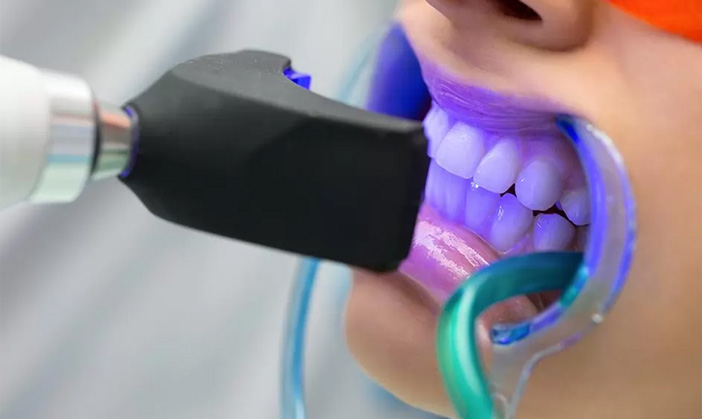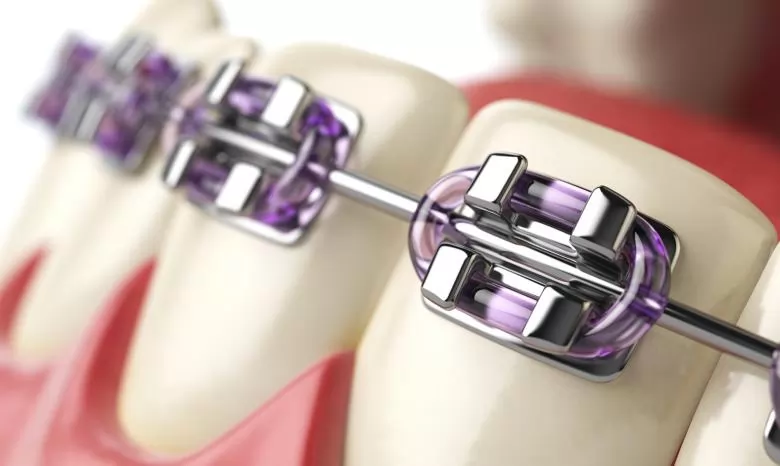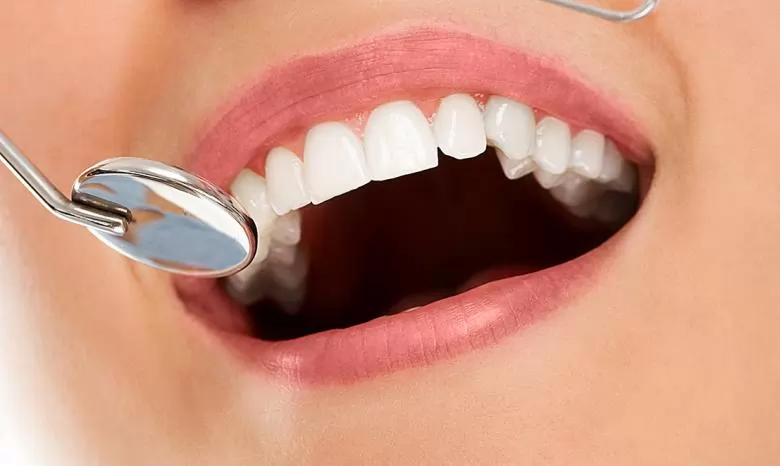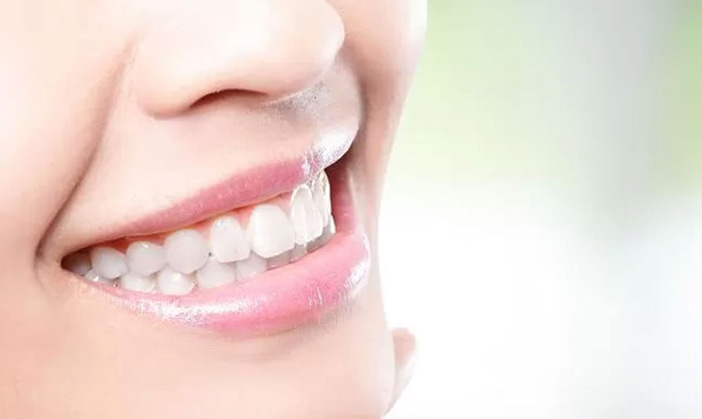Bleaching
Teeth lose their whiteness over time due to food, drinks (coffee, wine and tea) and smoking. Teeth whitening can be done to correct this situation. Compared to porcelain veneers, teeth whitening is an easy, reliable, economical and more protective procedure because the teeth are not abraded. Teeth whitening has no cons in terms of dental health.
Tooth colour is as individual as eye colour and hair colour. The ratio of the elements contained in the tooth to each other determines the colour of the tooth. The enamel surface has a structure with small holes that cannot be seen with the eye. The natural colour of the tooth may change over time by being affected by external factors.
Yellow and slightly brown discolouration over time gives the best results. Dark brown, blue-gray discolourations are difficult to whiten, located in the deepest structures of the tooth. Such staining usually occurs as a result of the use of certain antibiotics during the development of the tooth and the number of teeth whitening sessions should be increased to achieve the desired result.
How many types of bleaching methods are there?
There are two types of treatment methods to choose from. The first of these is the method that gets faster results in your dentist’s office (Office bleaching), and the other is the method that you can apply yourself at home (Home bleaching).
It is risky for the teeth and gums for the patient to bleach at home with ready-sold plaques and bleaching medicines without a doctor’s control and we do not recommend it.
What is home bleaching?
Home bleaching is also performed under the supervision of the dentist. At the first appointment, the dentist takes impressions from the patient’s teeth and prepares a transparent plaque that will pass over the teeth with this measurement. This plaque, which is used by the person bleaching at home, allows the patient to apply the bleaching agent to the teeth and protect the gums.
What is office bleaching?
The bleaching procedure is performed in a single session, but the session can be repeated if necessary. For this purpose, the gums are isolated and a gel with whitening properties is applied on the teeth. Laser or special light sources such as halogen, LED can be applied to activate the gel.
Whitening usually takes 1 session, but it may take a maximum of 2-3 sessions depending on the natural whiteness of the person’s teeth. The average duration of the sessions is 30 minutes-1 hour.
In the whitening process, the liquid in the dentin tubules of the teeth and the liquid in the drug are replaced. Thus, teeth whitening occurs.
The colour of the teeth is finalised a few days after bleaching. Home-type whitening with gels placed in the plaques created with the impression taken in the office gives results within 1-2 weeks depending on the gel.
If there is a tooth with a darker colour than the other teeth among the white teeth, this tooth has lost its vitality or has undergone root canal treatment. The colour of the tooth can be lightened with the bleaching (devital bleaching) procedure to be performed on this tooth. A bleaching agent is placed in the tooth by the dentist and the bleaching agent in the tooth is changed by the dentist at 1-2 day intervals until the desired result is obtained. The result is usually excellent and lasts an average of 1 week. In this type of whitening, it usually takes a long time for the colour to return to its old colour.




